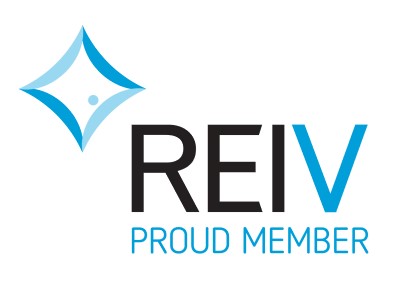The term Negative Gearing is often in the news. If you’re a current or potential property investor, it is important to understand what negative gearing is, and the benefits and risks associated with this from a financial perspective.
Positive and negative gearing are terms you are likely to come across when you borrow money to invest. In short, any income earned from your investment can either be positively or negatively geared.
A positively geared property means that the rental return (the rent you receive from tenants) is HIGHER than your combined costs of ownership, such as interest repayments and property outgoings, therefore the property generates financial profit.
A property is negatively geared when the rental return is LOWER than your combined costs of ownership and the property runs at a financial loss.
The key short term benefit derived through negative gearing is that any loss you incur on the property leads to tax deductions. The investor can then offset these deductions against other income earned (such as salary) to reduce the overall tax bill. Effective planning around investment property income and expense should always be taken into consideration as part of the pre-purchase planning stage.
What you can claim as part of ownership costs?
Australian tax law allows you to claim the interest portion of your loan repayments as deductible, and also various other expenses, providing the property is available and intended to be rented.
What items you can or can’t claim is constantly under review, and the ATO has in recent times focussed on depreciation. To find out more about what can be claimed and what can’t be claimed on a rental property, visit the Australian Taxation Office (ATO) website or email us and we will send you a copy of the latest ATO Guide for Rental Property Owners (pdf format)
Some things to think about
While negative gearing can have short-to-medium term financial benefits, there could be a problem in the longer run if the property continues to generate losses. The income from positively geared properties, for instance, can help improve buying power by putting money into your account and can increase your ability to meet repayments.
In general, taxpayers with a higher taxable income could initially choose to purchase a negatively geared investment property in order to minimise tax by claiming losses on the property against their other taxable income, but this should also be with the intention of eventually generating surpluses.
Investors closer to retirement or in a lower income bracket may on the other hand choose positively geared investments to maximise their income potential.
As with all investments, the concepts explained above are general in nature, and you should talk to a licenced financial advisor to ensure you align the correct strategy with your personal circumstances. Mint Property Management can put you in touch with the right professional if you are thinking about investing.


